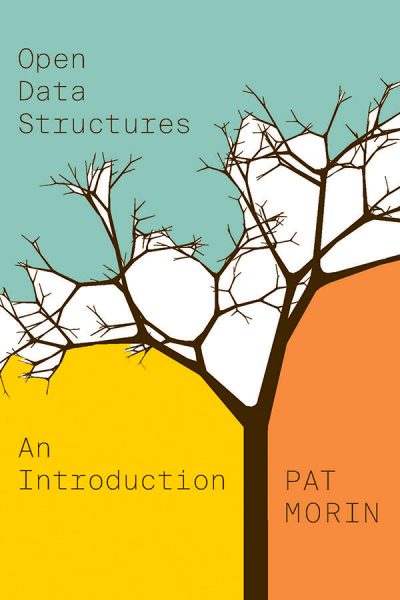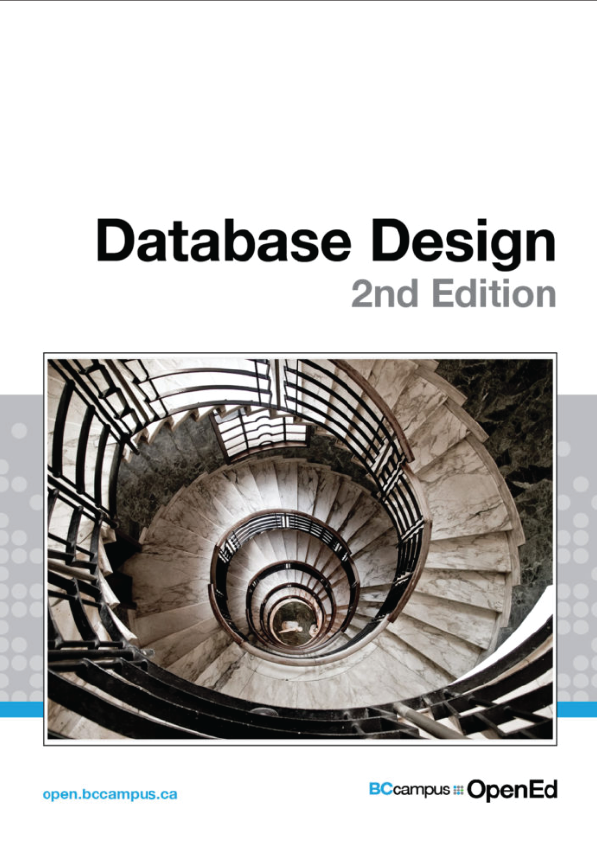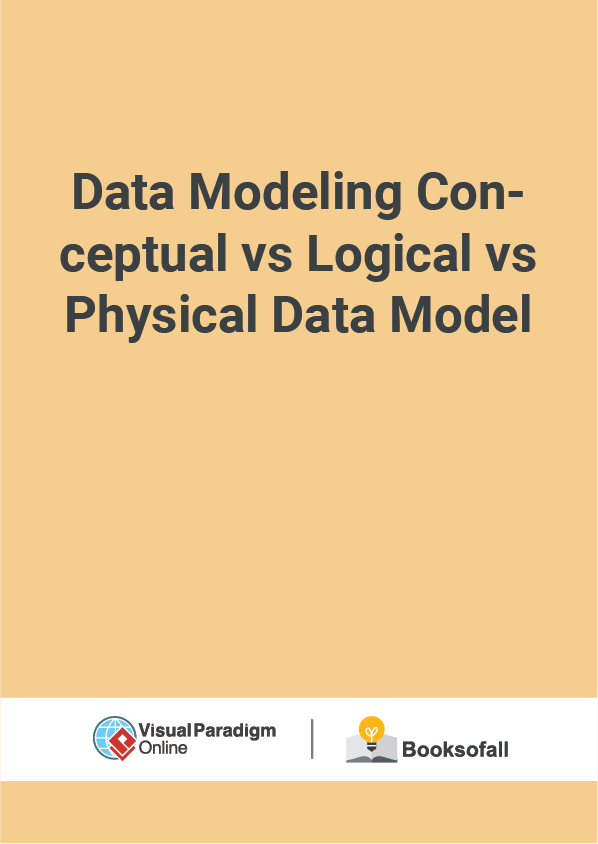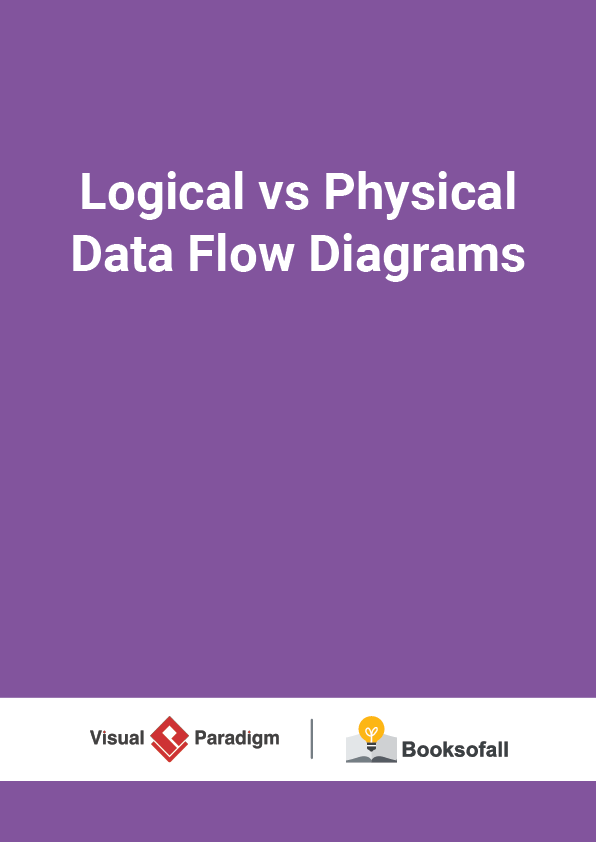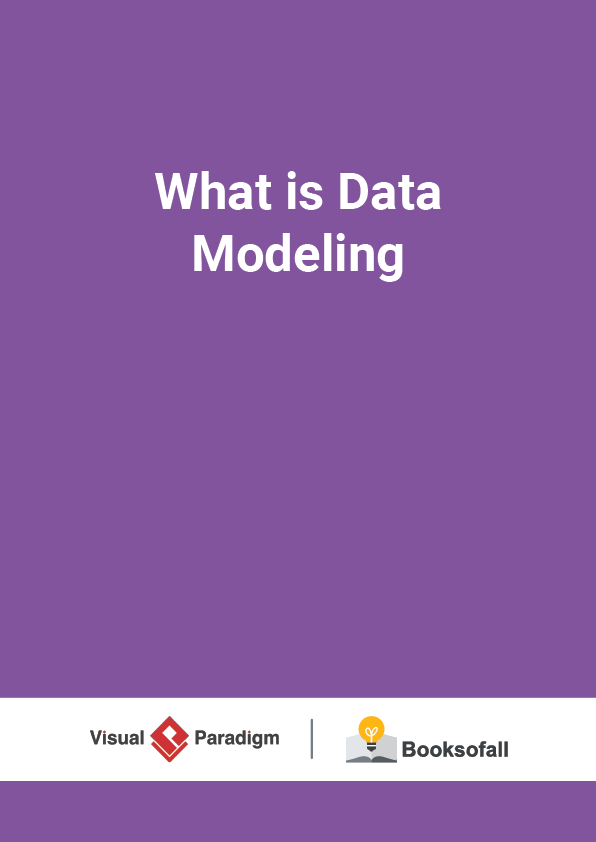Why This Book?
There are plenty of books that teach introductory data structures. Some of them are very good. Most of them cost money, and the vast majority of computer science undergraduate students will shell out at least some cash on a data structures book.
Several free data structures books are available online. Some are very good, but most of them are getting old. The majority of these books became free when their authors and/or publishers decided to stop updating them. Updating these books is usually not possible, for two reasons: (1) The copyright belongs to the author and/or publisher, either of whom may not allow it. (2) The source code for these books is often not available. That is, the Word, WordPerfect, FrameMaker, or LATEX source for the book is not available, and even the version of the software that handles this source may not be available.
The goal of this project is to free undergraduate computer science students from having to pay for an introductory data structures book. I have decided to implement this goal by treating this book like an Open Source software project. The LATEX source, Java source, and build scripts for the book are available to download from the author’s website and also, more importantly, on a reliable source code management site.
Every computer science curriculum in the world includes a course on data structures and algorithms. Data structures are that important; they improve our quality of life and even save lives on a regular basis. Many multi-million and several multi-billion dollar companies have been built around data structures. How can this be? If we stop to think about it, we realize that we interact with data structures constantly.
- Open a file: File system data structures are used to locate the parts of that file on disk so they can be retrieved. This isn’t easy; disks contain hundreds of millions of blocks. The contents of your file could be stored on any one of them.
- Look up a contact on your phone: A data structure is used to look up a phone number in your contact list based on partial information even before you finish dialing/typing. This isn’t easy; your phone may contain information about a lot of people—everyone you have ever contacted via phone or email—and your phone doesn’t have a very fast processor or a lot of memory.
- Log in to your favourite social network: The network servers use your login information to look up your account information. This isn’t easy; the most popular social networks have hundreds of millions of active users.
- Do a web search: The search engine uses data structures to find the web pages containing your search terms. This isn’t easy; there are over 8.5 billion web pages on the Internet and each page contains a
lot of potential search terms. - Phone emergency services (9-1-1): The emergency services network looks up your phone number in a data structure that maps phone numbers to addresses so that police cars, ambulances, or fire trucks can be sent there without delay. This is important; the person making the call may not be able to provide the exact address they are calling from and a delay can mean the difference between life or death.
